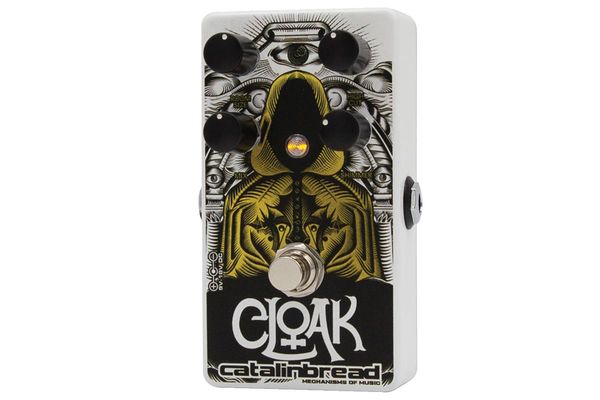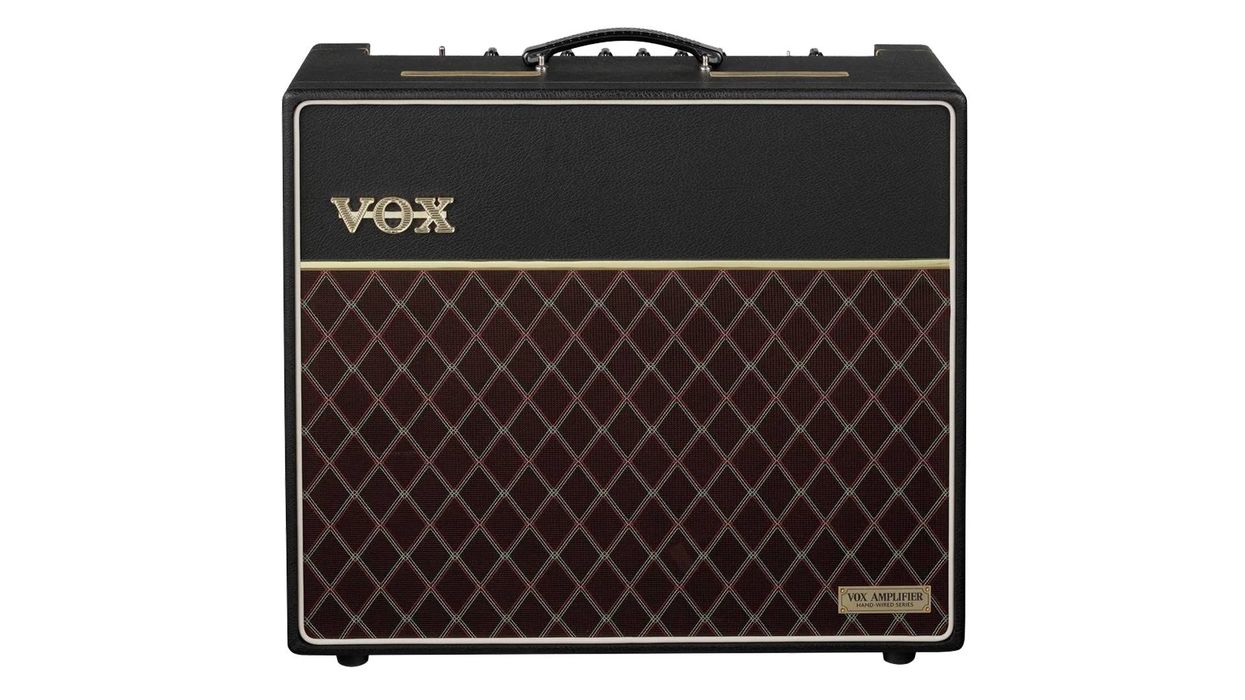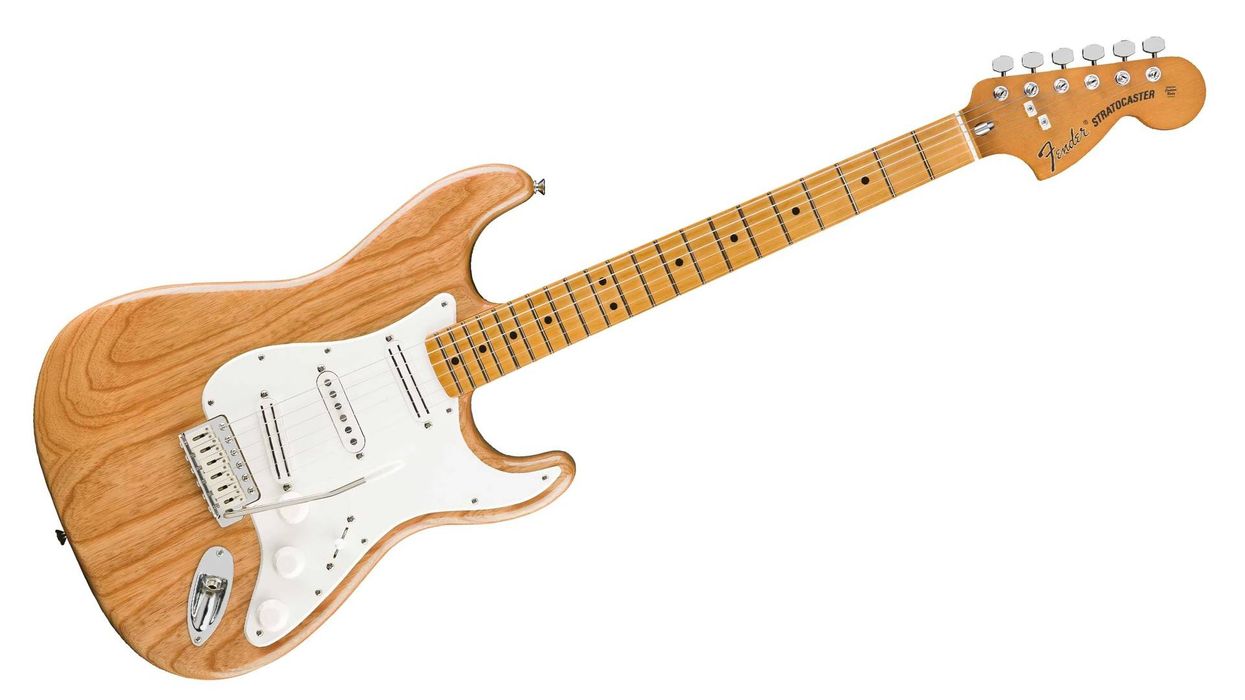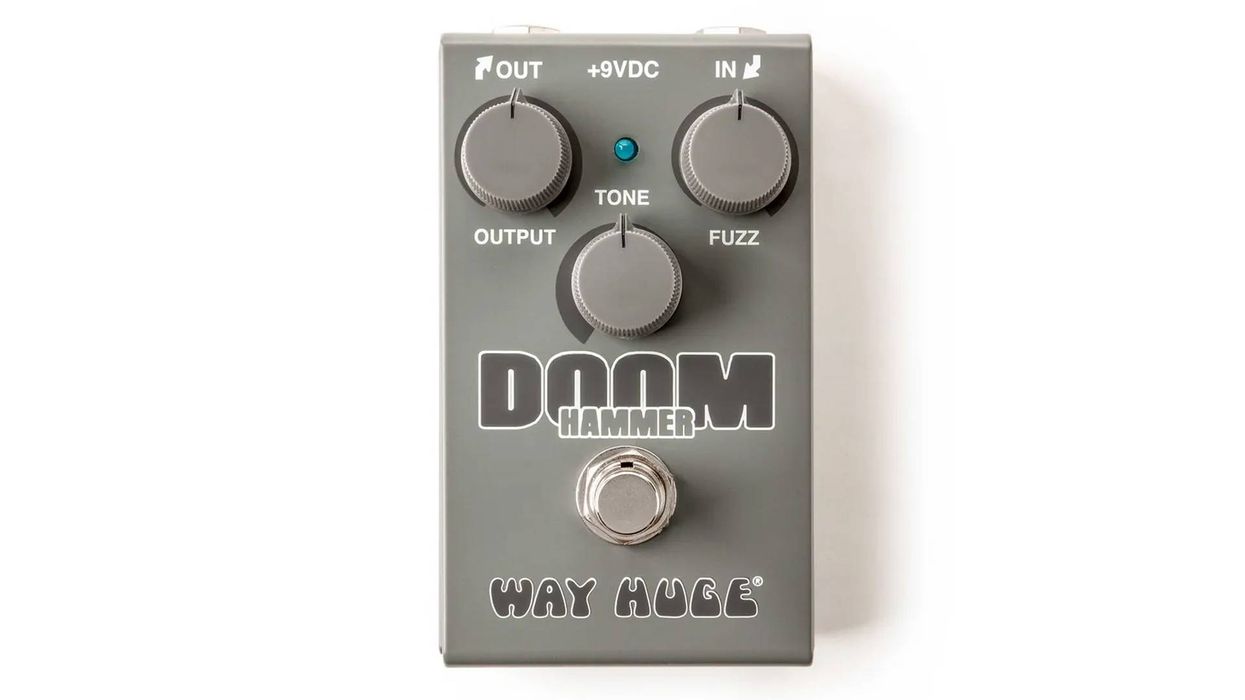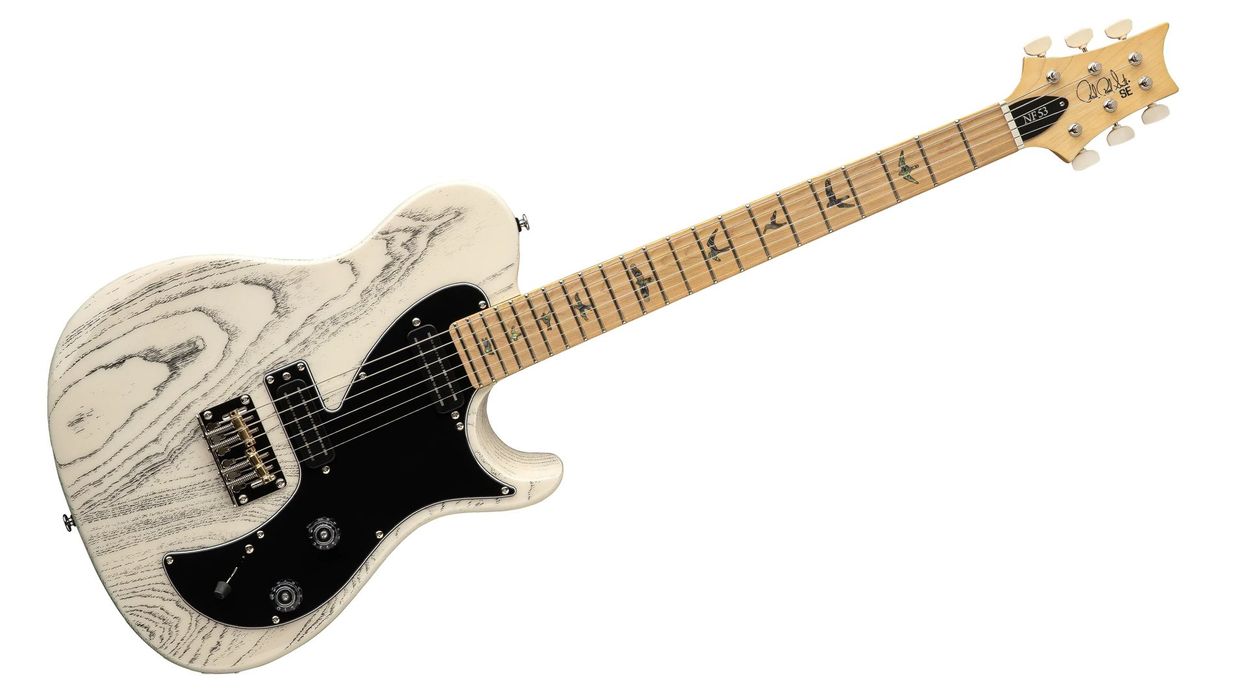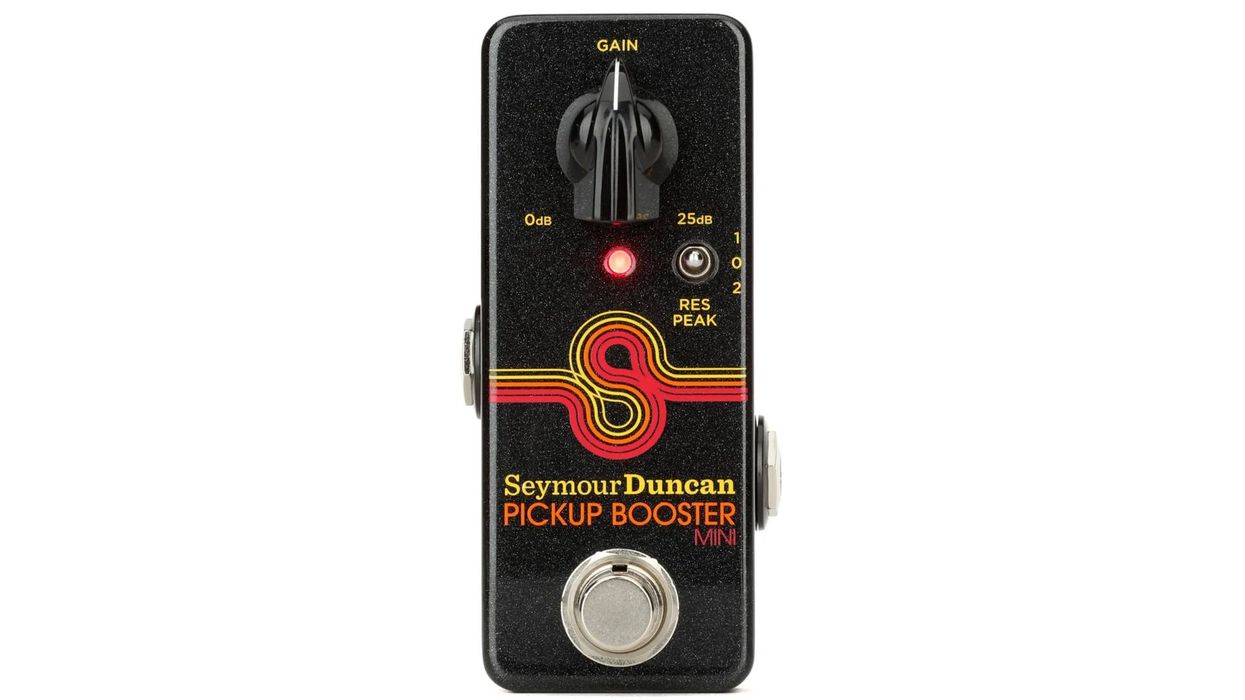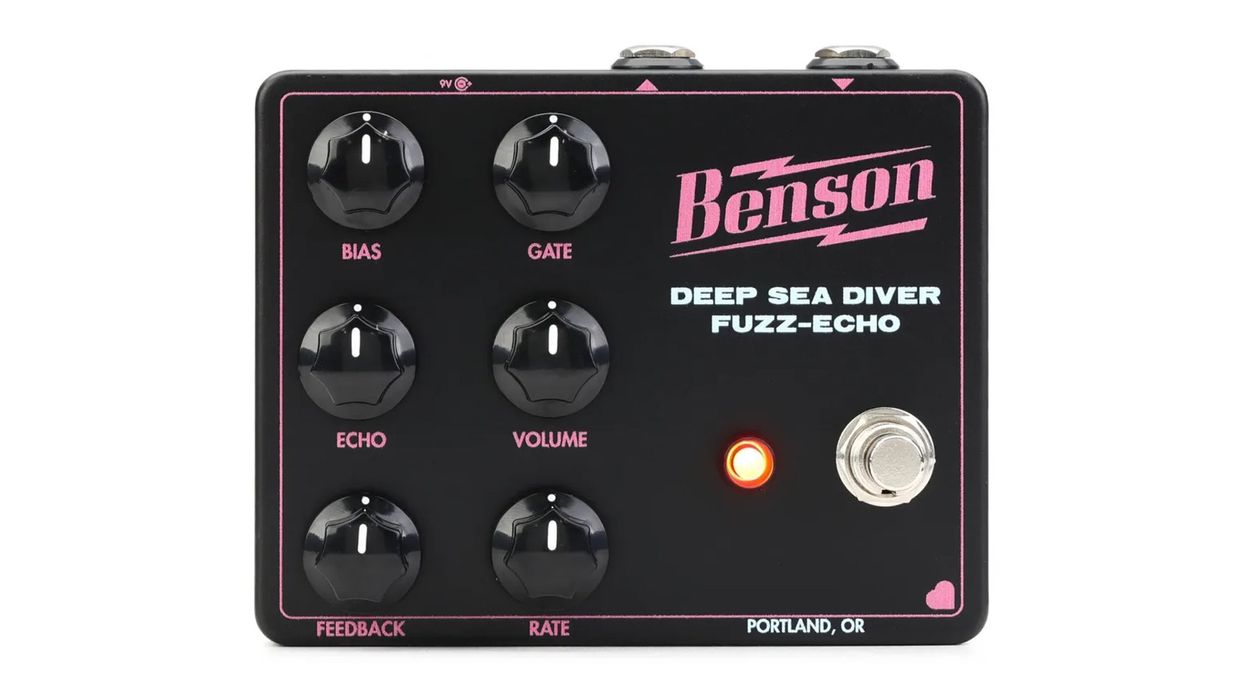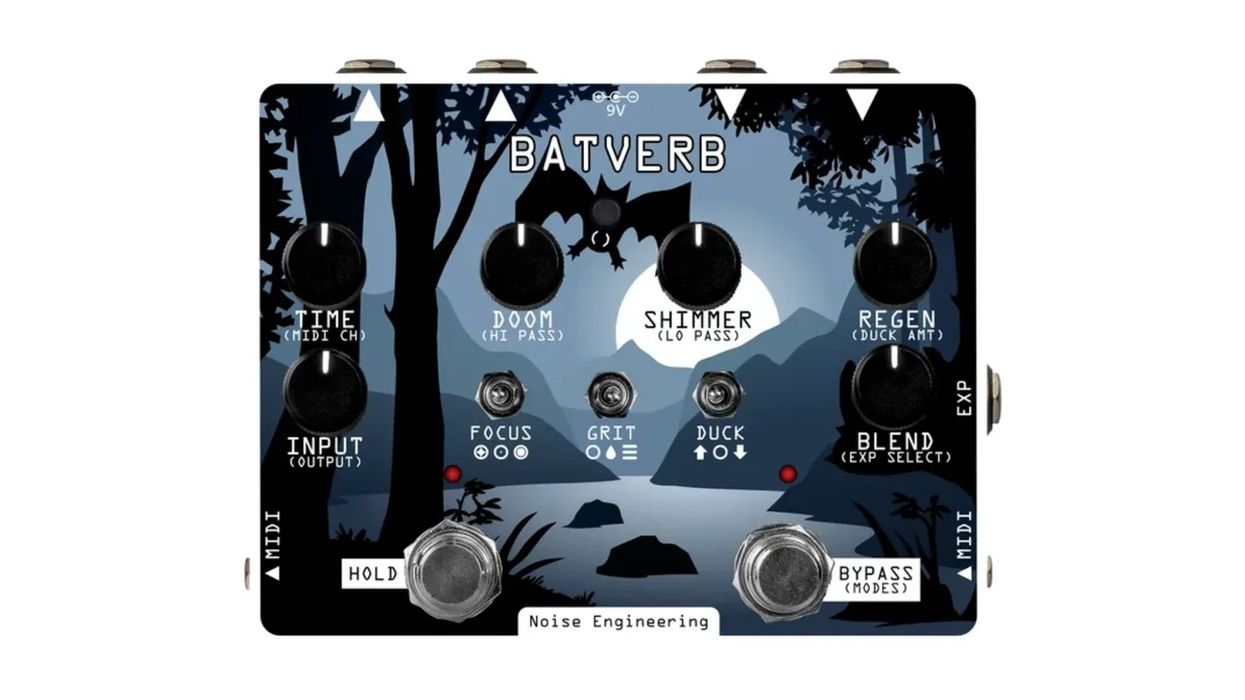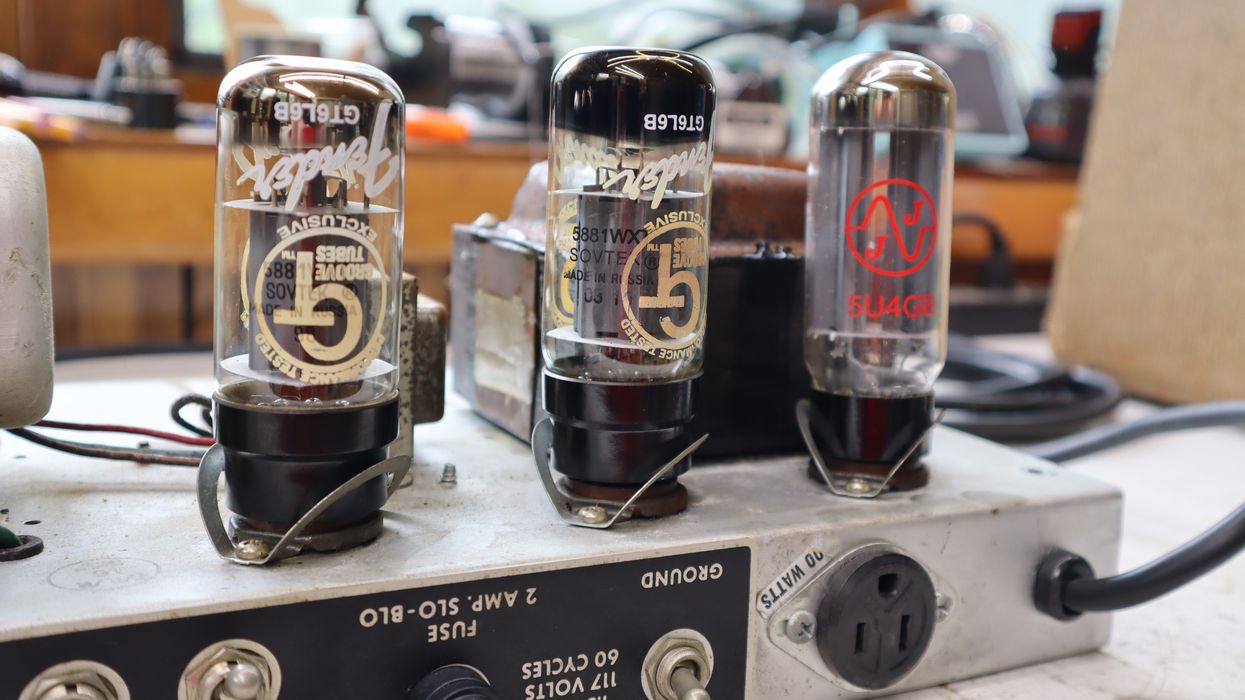Around the time the aughts slid into the 20-teens, pedals like the Electro-Harmonix Cathedral and Strymon Blue Sky Reverberator put spacious-sounding pedal reverb top of mind for guitarists everywhere. The Strymon, in particular, got players excited about the studio-quality fidelity its turbocharged SHARC processor provided, and its ability to add a “shimmer” mode, which augmented plate, spring, or room settings with reverberating octaves above the source signal.
I bought a Blue Sky not long after we first reviewed it in 2010, and its lush room setting helped define my sound for the next few years. My reverb-junkie tastes moved toward clanking old-school spring sounds, but I still periodically kick myself for selling it, and wish I had a smaller pedal to turn to when I want ethereal infiniteness. Fortunately, many companies have risen to meet that need, and Catalinbread recently unveiled one of their own in the Cloak Reverb & Shimmer.
Cult of Simplicity
As prevalent as big reverbs have become; the most lusciously enveloping pedals tend to be larger (and more complex) than guitarists prefer. Still, many surrender board space to programmable pedals from the likes of Strymon, Eventide, TC Electronic, Line 6, Neural, and Boss seemingly for one reason: Pristine-sounding ambience takes a lot of processing power.
Catalinbread isn’t the first to follow an alternative path free of digital readouts and big footprints. But Cloak deserves accolades for walking the middle ground so stealthily. At heart, it’s not much more than a super-straightforward, huge-sounding room reverb with a minimalist control set: room-size, high-cut, mix, and shimmer knobs, and an internal slider for selecting between trails and true-bypass operation.
No Digital Daggers
I tested the Cloak with a TV Jones-equipped Gretsch Jet and a Curtis Novak-oufitted Jazzmaster. And whether I was playing straight into Cloak and a Fender Vibro Champ, driving it with a J. Rockett Archer into a Sound City SC30, or taking advantage of the wider range of a silver-panel Vibrolux Reverb paired with a 1x15 bass combo, the Cloak’s lovely fidelity took center stage. What’s more, as simple as its interface is, the range of possible sounds is remarkably diverse.
Full disclosure: I’ve never been a fan of shimmer reverb because it can easily sound maudlin or sci-fi cheesy. However, Cloak made me reevaluate my position.
One reason for this diversity is the powerful high-cut control, which, according to Cloak designer Lee Brady, is a low-pass filter fixed at 5kHz. Cranked full clockwise (with room size at its 250 ms minimum, mix at 2 o’clock, and shimmer off), high cut enables Cloak to sound like a lovely old plate reverb. Meanwhile, the same settings with high cut at minimum (i.e., with full treble bandwidth) turn Cloak into an almost reverse-sounding dirty plate reverb—perfect for reggae skank. Bring room size up to noon and crank high cut, and you can nail plaintive, spaghetti western tones with a bright-ish bridge pickup. But there’s more: Fingerpick with high cut at noon and mix cranked to conjure faux-chorale harmonies on lower strings—or tremolo pick the 6th string near the bridge for impressionistic “cello” sounds.
Mind you, all this is achieved without touching the shimmer knob, which introduces more intense modulated sounds in three frequency bands as you turn it clockwise. The result is often reminiscent of bright, dreamy synth pads. Full disclosure: I’ve never been a fan of shimmer reverb because it can easily sound maudlin or sci-fi cheesy. However, Cloak made me reevaluate my position—again, largely because of the high-cut control. With mix at max and higher room-size settings, high cut tamed some of the more garish aspects of shimmer ’verb and turned my guitars into veritable film-scoring machines. Fretting high and alternately tapping or raking the side of my steel pick against the 1st string while adding discordant bass notes brought to mind modern horrors like Hereditary (again, with tremolo picking working wonders for building suspense). Gentler moves like muting and tapping lower strings near the bridge, or even just smacking the guitar’s body, yielded atmospherics more befitting a thriller.
The Verdict
While I don’t anticipate switching my primary ambience allegiance away from spring reverb any time soon, Catalinbread’s Cloak scratched a longtime itch—and many I didn’t even know I had. My biggest complaint has less to do with the Cloak than it does the technological line separating almost any streamlined, single-function modern reverb from pricier, more powerful competitors. To get around using powerful microprocessors that make programmable stomps expensive, pedals like the Cloak use a cost-effective architecture that prevents dry signal from passing when the device is in trails mode and the mix is set to maximum. So, if you want to switch quickly between Cloak’s most atmospheric sounds and more traditional sounds, you’ll have to use true-bypass mode and forego the luxury of sounds lusciously decaying in the background. That’s a bit of a bummer—but not enough to stop me from lusting after this lovely box.
